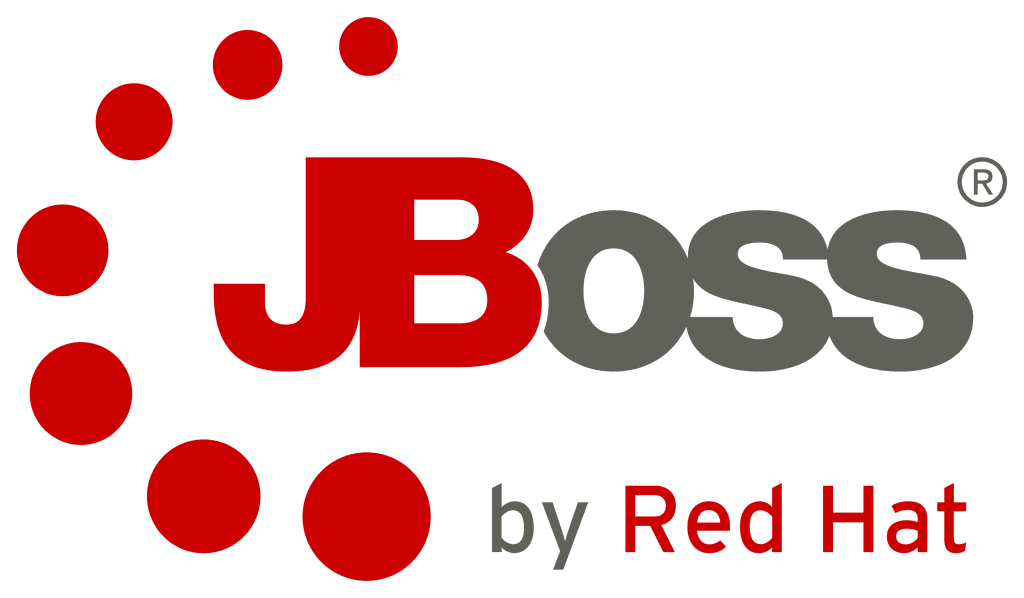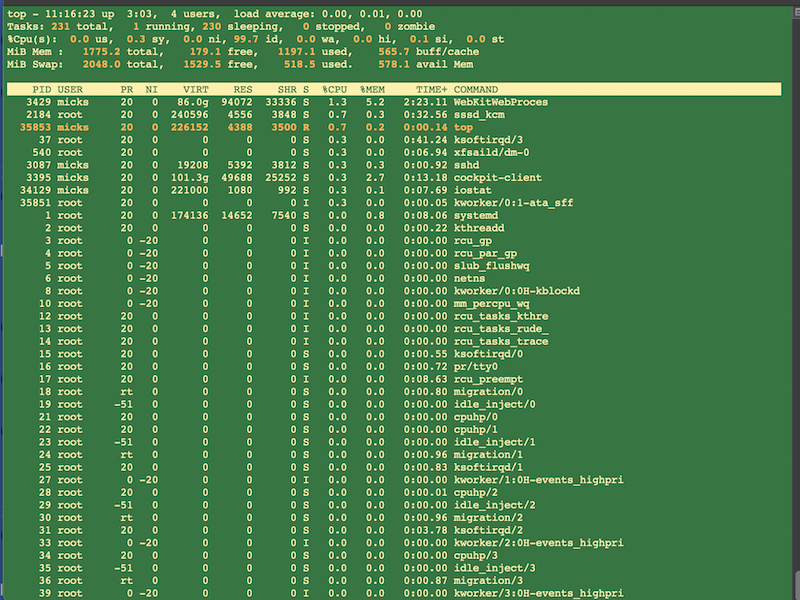In today’s rapidly evolving digital landscape, integrating security into the DevOps process—often termed DevSecOps—has become paramount. This approach ensures that security is not an afterthought but a core component of the development lifecycle. In this blog, we will explore the best practices for enhancing security within a DevOps framework, providing actionable insights to bolster your organization’s security posture. Understanding DevSecOps […]














